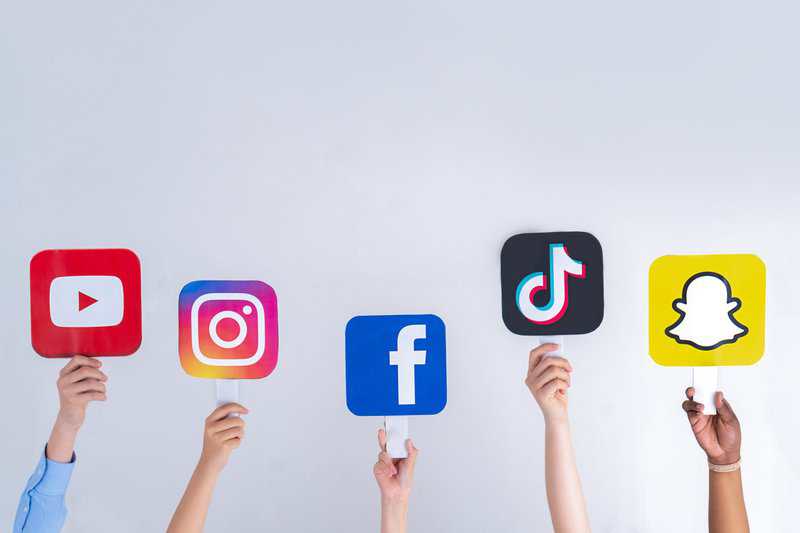In just a hundred years, daily life has changed in ways that would have been unimaginable to our ancestors. What once seemed like science fiction is now part of our everyday routines. From groundbreaking technology to evolving cultural norms, the pace of change has reshaped nearly every aspect of how we live. The way we work, communicate, travel, eat, and even relax looks completely different than it did a century ago. Here are 30 ways daily life looks nothing like it did 100 years ago, showing how far we’ve come—and what we’ve gained and lost along the way.
The Rise of the Smartphone
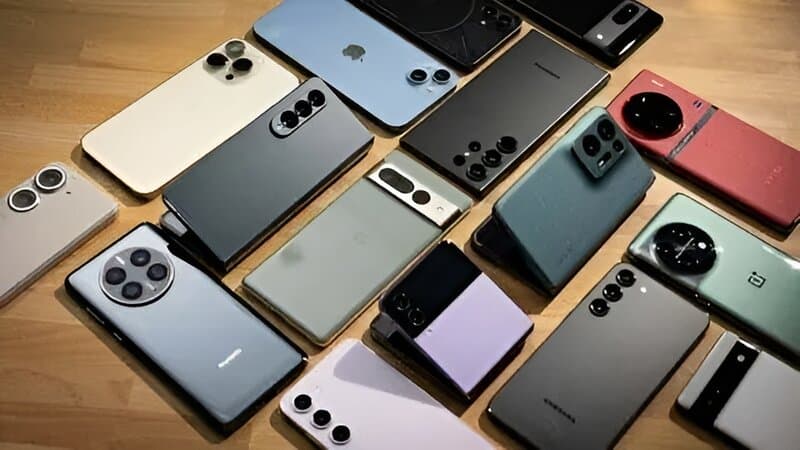
Smartphones have revolutionized daily life by combining the functionality of multiple devices into one portable gadget. They serve as phones, cameras, GPS systems, and entertainment hubs, changing how we communicate and consume media. With access to the internet and social media, smartphones have become an essential part of modern life, enabling instant connectivity. The rapid integration of smartphones into everyday routines has transformed everything from how we work to how we socialize. Today, smartphones are no longer a luxury but a necessity, altering the way we engage with the world around us.
The Birth of the Internet

The internet has drastically changed how we access information, communicate, and work. Once limited to a few, it now connects billions of people worldwide, allowing instant communication and access to vast amounts of knowledge. The internet has spawned industries, redefined entertainment, and transformed social interactions, leading to the rise of social media and e-commerce. It has revolutionized education and work, enabling remote learning and telecommuting. The internet’s global reach continues to shape daily life, creating new possibilities and challenges.
The Advent of Television
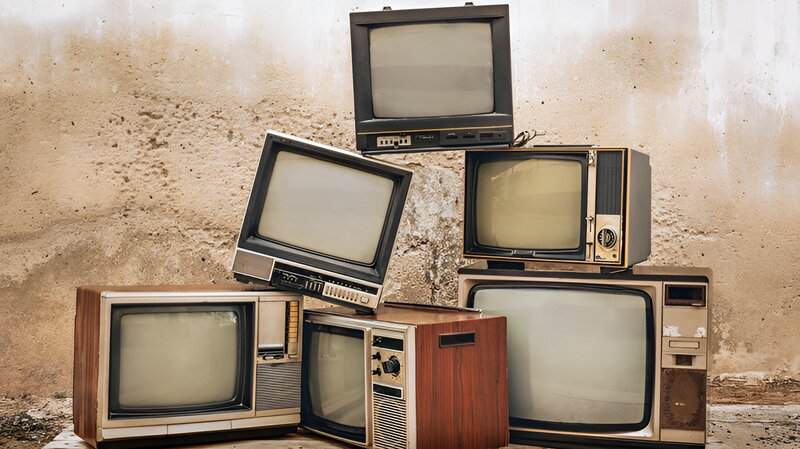
Television became a household staple in the mid-20th century, transforming entertainment and news. It provided a visual medium for real-time events and introduced new forms of programming, such as sitcoms and news broadcasts. Television also brought advertising to a mass audience, influencing consumer behavior. With the rise of streaming platforms, television continues to evolve, offering personalized experiences. Today, television remains a powerful tool for entertainment and information, despite changes in how it’s consumed.
The Automobile Revolution
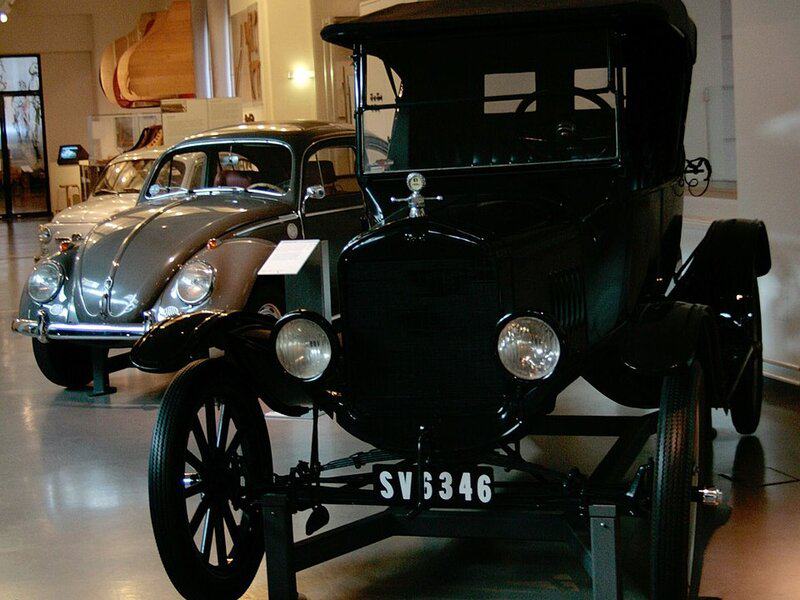
Automobiles, once a luxury for the wealthy, became accessible to the masses in the 20th century, revolutionizing transportation. Cars have made daily commuting and travel more efficient, reshaping cities and suburban landscapes. The rise of personal vehicles also spurred the development of highways and infrastructure. Over time, electric cars have emerged as a more eco-friendly option, signaling a shift towards sustainable transportation. Cars remain central to modern life, influencing everything from urban design to the environment.
The Shift to Digital Photography

Digital photography has replaced traditional film, making it easier to capture, store, and share photos instantly. Digital cameras and smartphones allow for unlimited photos without the cost of developing film. The ability to edit and share photos quickly has changed how we document and remember moments. People now carry high-quality cameras in their pockets, making photography accessible to everyone. The shift to digital has transformed photography from a specialized skill to a daily activity for many.
The Evolution of Home Appliances

Home appliances have drastically reduced the time and effort required for household tasks. Washing machines, dishwashers, and refrigerators have automated many chores, freeing up time for other activities. Innovations like microwave ovens and smart appliances have further transformed the home, making life more efficient. The introduction of air conditioning and vacuum cleaners has increased comfort and convenience. These appliances have redefined daily routines, improving the quality of life for millions.
The Growth of the Service Economy
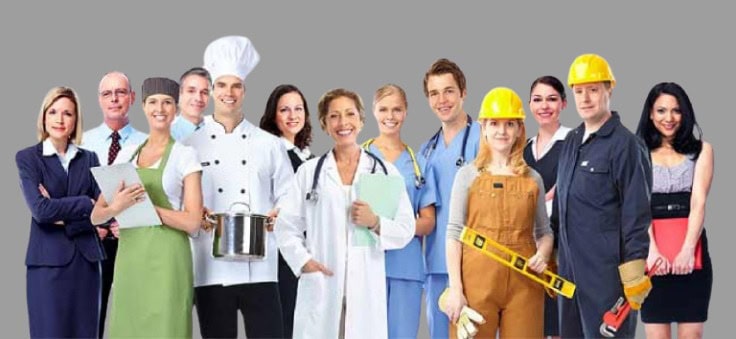
The shift from manufacturing to service-based jobs has reshaped the workforce over the last century. Today, many people work in healthcare, education, finance, and technology, with the service sector dominating the economy. This change has led to the rise of customer service, hospitality, and entertainment industries. As service-based jobs grow, remote work and flexible schedules have become more common. This shift has also led to the outsourcing of manual labor to other countries.
The Feminist Movement and Gender Equality

The feminist movement has led to significant advances in gender equality, particularly for women. Over the last century, women gained the right to vote, access to education, and equal opportunities in the workforce. Women now hold leadership roles in business, politics, and other fields, challenging traditional gender roles. These changes have reshaped family dynamics and societal expectations. Gender equality continues to evolve, with ongoing struggles for equal pay and reproductive rights.
The Spread of Fast Food

Fast food has become a global phenomenon, reshaping eating habits and consumer culture. Chains like McDonald’s and KFC revolutionized dining by offering quick, affordable meals. Fast food’s rise coincided with the growth of suburban living and the increasing pace of modern life. Despite criticism for its health impact, the fast food industry has adapted by introducing healthier options. It continues to influence food culture worldwide, making convenience a key factor in dining choices.
The Demise of the Paper Ticket

Paper tickets for events and travel have largely been replaced by digital tickets, which are easier to store and access. Mobile apps have streamlined entry to events and boarding at airports, making the process faster and more efficient. Digital tickets reduce the risk of losing important documents and provide added security. This shift has made event planning and travel more convenient. As technology advances, physical tickets continue to disappear, making way for fully digital experiences.
The Rise of Online Shopping

Online shopping has revolutionized how we purchase goods, making it possible to buy almost anything from home. E-commerce platforms like Amazon have made shopping more convenient, with products delivered right to our door. The ability to compare prices and read reviews has transformed consumer behavior. While brick-and-mortar stores still exist, the rise of online shopping has led to the closure of many physical retailers. This shift has made shopping a 24/7 activity, accessible from anywhere with an internet connection.
The Introduction of Air Travel

Air travel has dramatically reduced travel time, making it easier to cross continents in a matter of hours. Once an exclusive mode of transportation, flying is now accessible to millions of people worldwide. Budget airlines and frequent flyer programs have made air travel more affordable. The global reach of air travel has connected people and economies, fostering international trade and tourism. Despite challenges like airport security, air travel remains a dominant force in global mobility.
The Decline of the Traditional Nuclear Family

The traditional nuclear family model has evolved, with many households now consisting of single parents, same-sex couples, and blended families. Changing social norms and the pursuit of gender equality have contributed to this transformation. Divorce rates and delayed marriage have also influenced family structures. The rise of cohabiting couples and extended families further reflects shifting societal expectations. These changes have had a profound impact on how we define family and relationships.
The Growth of Suburban Living
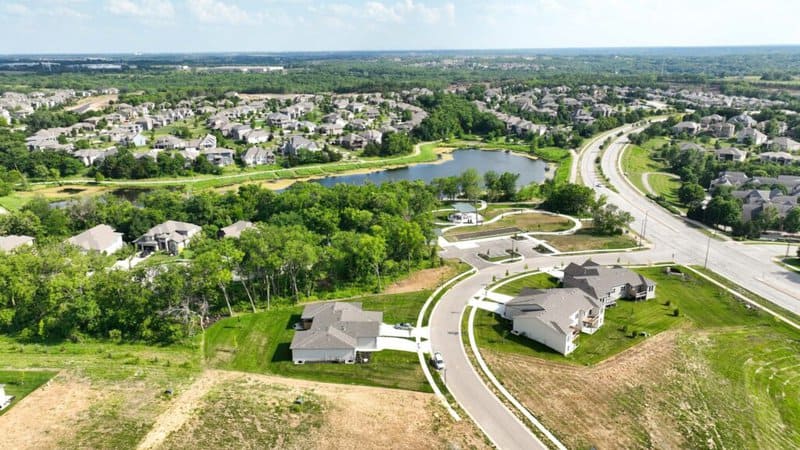
Suburban living became popular in the mid-20th century, driven by the widespread use of automobiles and the desire for more space. Suburbs offered families a quieter, more spacious alternative to city living, leading to the development of sprawling residential communities. This shift influenced urban planning, with new infrastructure like highways and shopping centers supporting suburban growth. The growth of suburbs also led to changes in the retail industry, with malls and big-box stores becoming central to suburban life. Suburbanization continues to shape how we live, work, and commute.
The Transformation of the Workplace

The workplace has transformed over the last century, with remote work, flexible hours, and coworking spaces becoming more common. Technology has made it possible for people to work from anywhere, leading to a rise in telecommuting and digital collaboration tools. The focus has shifted from physical office spaces to outcomes and results. Automation has reduced the need for manual labor in some industries, while creating new jobs in technology and services. This transformation continues to redefine what work looks like in the modern era.
The Emergence of Fitness Culture

Fitness culture has become a central part of daily life, with people of all ages prioritizing health and wellness. Gyms, fitness trackers, and workout classes have made exercise more accessible and varied. The rise of social media has also helped popularize fitness trends and influencers, creating a global fitness community. Physical fitness is now seen as an essential part of self-care and mental well-being. The growing focus on health has reshaped how people approach their bodies and lifestyle choices.
The Decline of Physical Newspapers
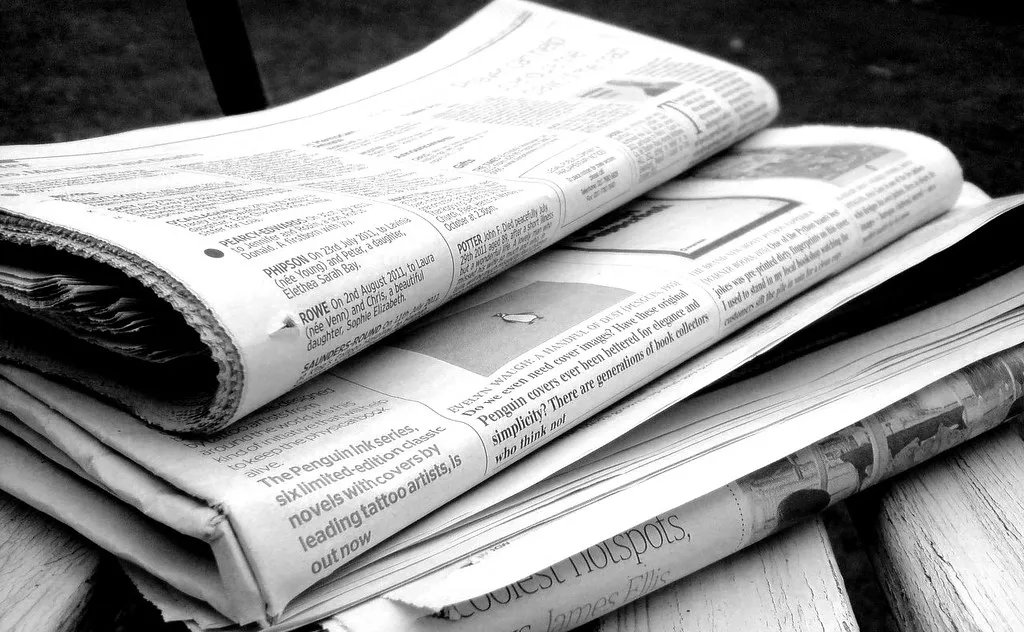
Digital media has replaced physical newspapers, making news more accessible but also changing how we consume information. Online platforms and apps now provide real-time updates, while print journalism has struggled to adapt. The decline of newspapers has led to changes in the media landscape, with more emphasis on social media and digital news outlets. Despite this, some people still enjoy reading physical newspapers, reflecting a shift in media consumption habits. The move from print to digital has made news more immediate but also more fragmented.
The Growth of Streaming Services

Streaming services have revolutionized entertainment, offering on-demand access to movies, TV shows, music, and podcasts. Platforms like Netflix, Spotify, and Hulu have made it easy to consume media from anywhere at any time. The rise of streaming has led to the decline of traditional cable TV and physical media. Streaming has also changed how content is produced, with platforms creating their own original programming. The ability to customize viewing experiences has made streaming a dominant force in entertainment.
The Introduction of Automation
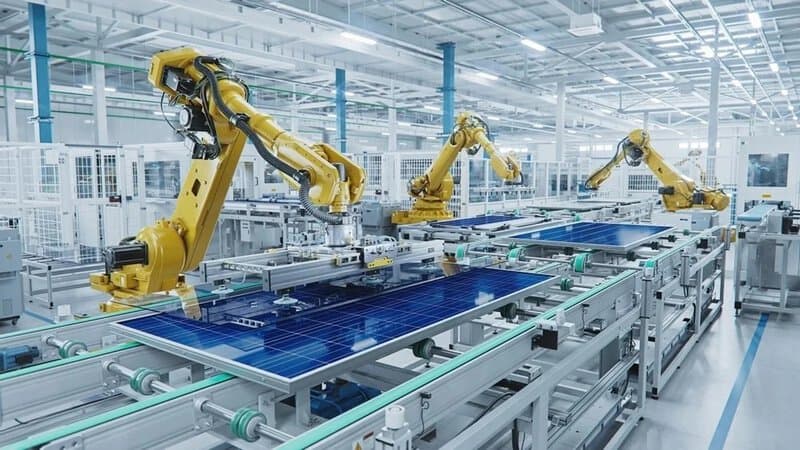
Automation has made many processes more efficient, from manufacturing to customer service. Machines and artificial intelligence now perform tasks that once required human labor, increasing productivity and reducing costs. In industries like manufacturing, automation has transformed production lines and reduced the need for manual work. The rise of self-checkout machines and robotic technology reflects the growing presence of automation in daily life. While automation increases efficiency, it also raises concerns about job displacement.
The Introduction of Video Games

Video games have become a global entertainment industry, evolving from simple arcade machines to immersive virtual worlds. Gaming has grown into a multi-billion-dollar industry, attracting players of all ages. Online multiplayer games have created virtual communities where people connect and compete. Gaming consoles, mobile apps, and PC gaming offer different ways to engage with this entertainment form. Video games have also become a cultural phenomenon, influencing pop culture and media.
The Decline of the Landline Phone
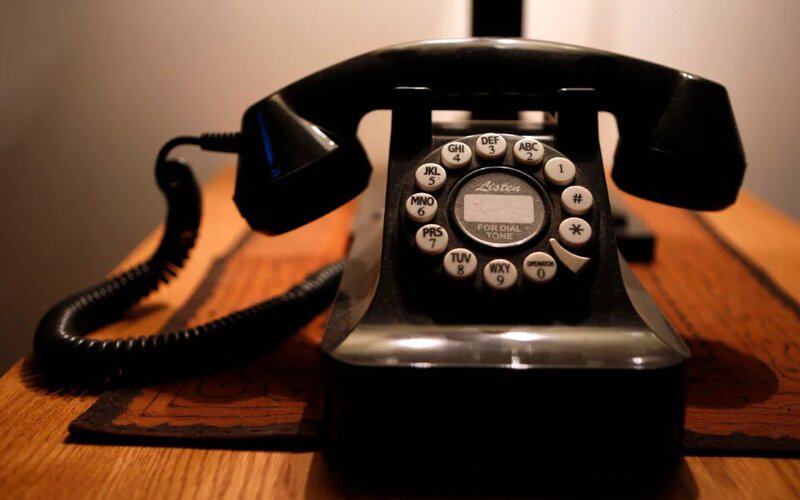
Landline phones, once essential for communication, have been largely replaced by mobile phones. Cell phones offer greater convenience, allowing people to stay connected from virtually anywhere. The decline of landlines reflects broader technological trends, with wireless communication taking precedence. Many households no longer have landlines, and businesses increasingly rely on mobile communication. The shift to mobile phones has made communication faster and more flexible.
The Rise of Social Media

Social media platforms like Facebook, Instagram, and Twitter have transformed how people interact and share information. Social media has redefined communication, creating a global network of connections and influencing politics, culture, and business. It has also given rise to new forms of entertainment, like influencers and viral trends. Social media has made the world more connected but has also raised concerns about privacy, mental health, and misinformation. It continues to shape how people perceive themselves and others.
The Decline of Traditional Banking
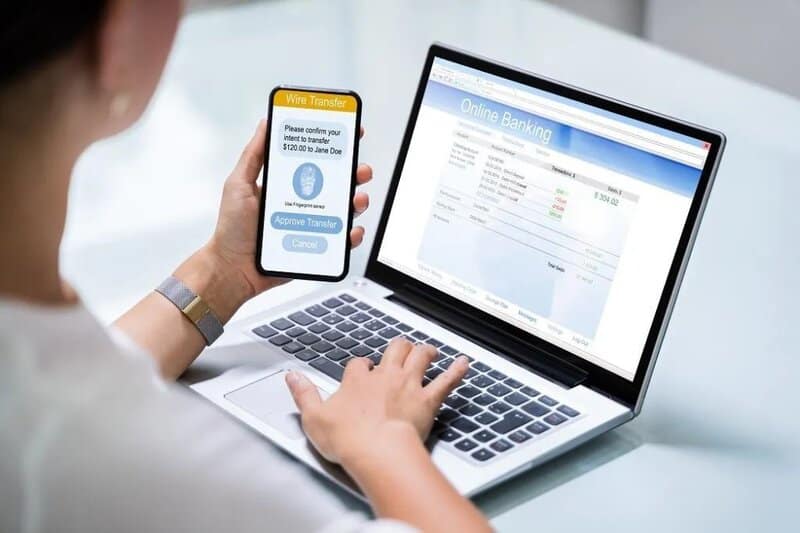
Online banking and mobile apps have made traditional banking less common, allowing people to manage their finances from anywhere. The rise of digital payment methods, like PayPal and mobile wallets, has also transformed how people handle transactions. Cryptocurrencies and blockchain technology represent the future of finance, challenging the traditional banking system. While brick-and-mortar banks are still relevant, digital banking is reshaping how we store, spend, and transfer money. The shift to digital finance has made transactions faster and more convenient.
The Evolution of Education

Education has evolved with the introduction of online learning and digital classrooms. Technology has made learning more accessible, allowing students to attend classes from anywhere. The growth of e-learning platforms and digital resources has transformed traditional education systems. Teachers now use digital tools and apps to enhance their lessons, making learning more interactive. Education continues to evolve, embracing new technologies to provide a more personalized and flexible learning experience.
The Changing Nature of Work-Life Balance

Work-life balance has become a key priority for many people, with flexible work hours and remote work options helping to achieve it. The traditional 9-to-5 workday has given way to more adaptable schedules, allowing people to better balance their careers and personal lives. The rise of remote work has reduced commute times, giving people more time for family, hobbies, and self-care. Work-life balance continues to evolve as more people seek flexibility in their jobs. It remains a central issue in modern employment discussions.
The Growth of Health and Wellness Trends

Health and wellness have become significant parts of daily life, with people prioritizing physical and mental well-being. Trends like mindfulness, organic food, and plant-based diets have gained popularity. Fitness trackers and health apps help people monitor their exercise, sleep, and nutrition, encouraging healthier habits. The growing focus on self-care has led to the rise of wellness centers and spa treatments. These trends reflect society’s increasing awareness of the importance of overall well-being.
The Evolution of Dating and Relationships

Dating has drastically changed with the rise of online platforms and apps like Tinder, Bumble, and OkCupid. These platforms have made meeting new people more accessible, offering a wider range of potential partners beyond one’s social circle. The shift from traditional dating methods to digital connections has also led to changing relationship dynamics, with online communication often preceding in-person meetings. These platforms have also popularized casual dating and allowed individuals to explore relationships in a less conventional way. Despite challenges such as superficiality and dating fatigue, online dating continues to redefine romantic relationships.
The Changing Landscape of Environmental Awareness
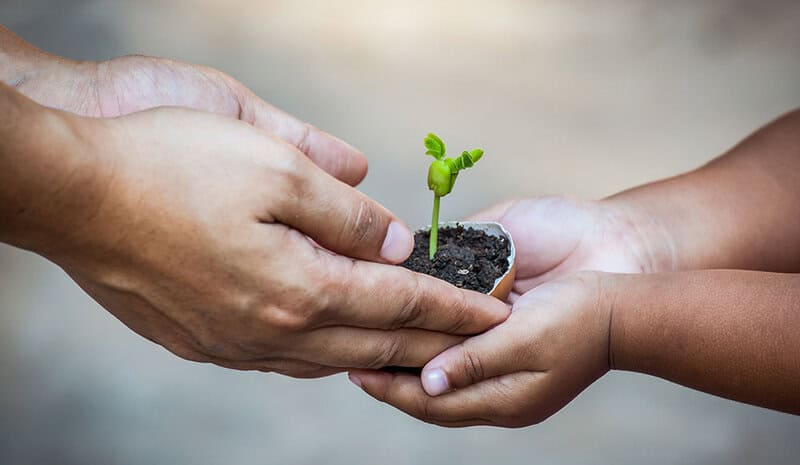
Environmental awareness has grown significantly over the last century, with more people advocating for sustainability and eco-friendly practices. The rise of renewable energy sources, recycling programs, and sustainable products reflects growing concern about climate change. People are increasingly aware of their carbon footprint and are seeking ways to reduce waste and conserve resources. Green technologies and sustainable agriculture are reshaping industries, while individuals adopt more environmentally conscious lifestyles. This shift marks a critical change in how we approach our planet’s future.
The Expansion of Telemedicine

Telemedicine has revolutionized healthcare by allowing patients to consult with doctors remotely, making healthcare more accessible, especially in rural or underserved areas. With video calls and digital health records, patients can receive medical advice, prescriptions, and diagnoses without leaving home. The COVID-19 pandemic accelerated the adoption of telemedicine, making it a more common and reliable way to access healthcare. Telemedicine has reduced wait times, travel costs, and increased efficiency in medical practices. As technology improves, telemedicine will likely become an even more integral part of the healthcare system.
The Rise of the Sharing Economy

The sharing economy has changed how people access goods and services, focusing on sharing rather than ownership. Companies like Airbnb and Uber have made it easier for individuals to share their homes and cars, creating new economic opportunities. This shift has led to a change in how we perceive ownership, with more people opting to rent or share instead of purchasing items outright. The sharing economy has disrupted traditional industries like hospitality and transportation, providing more affordable and flexible alternatives. As it continues to grow, the sharing economy will likely change how we think about property and access.

